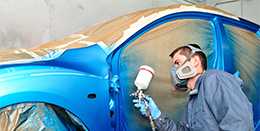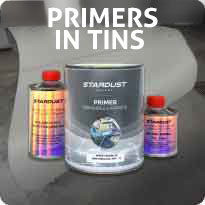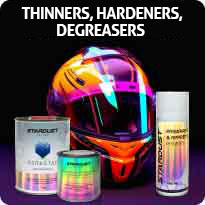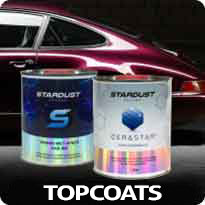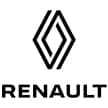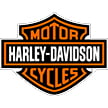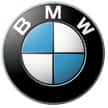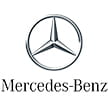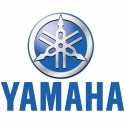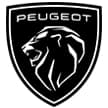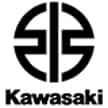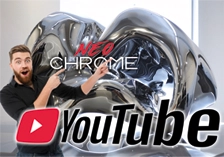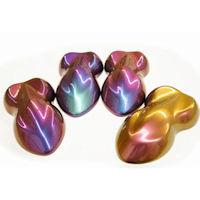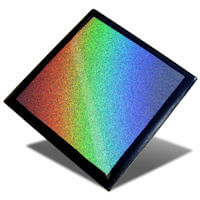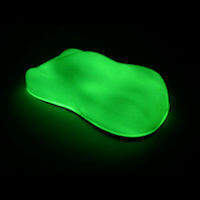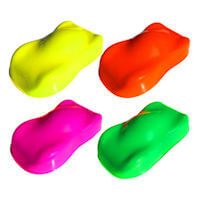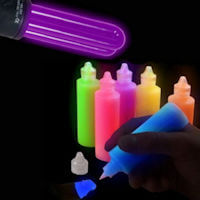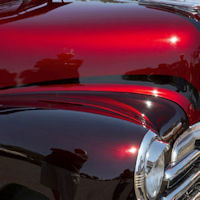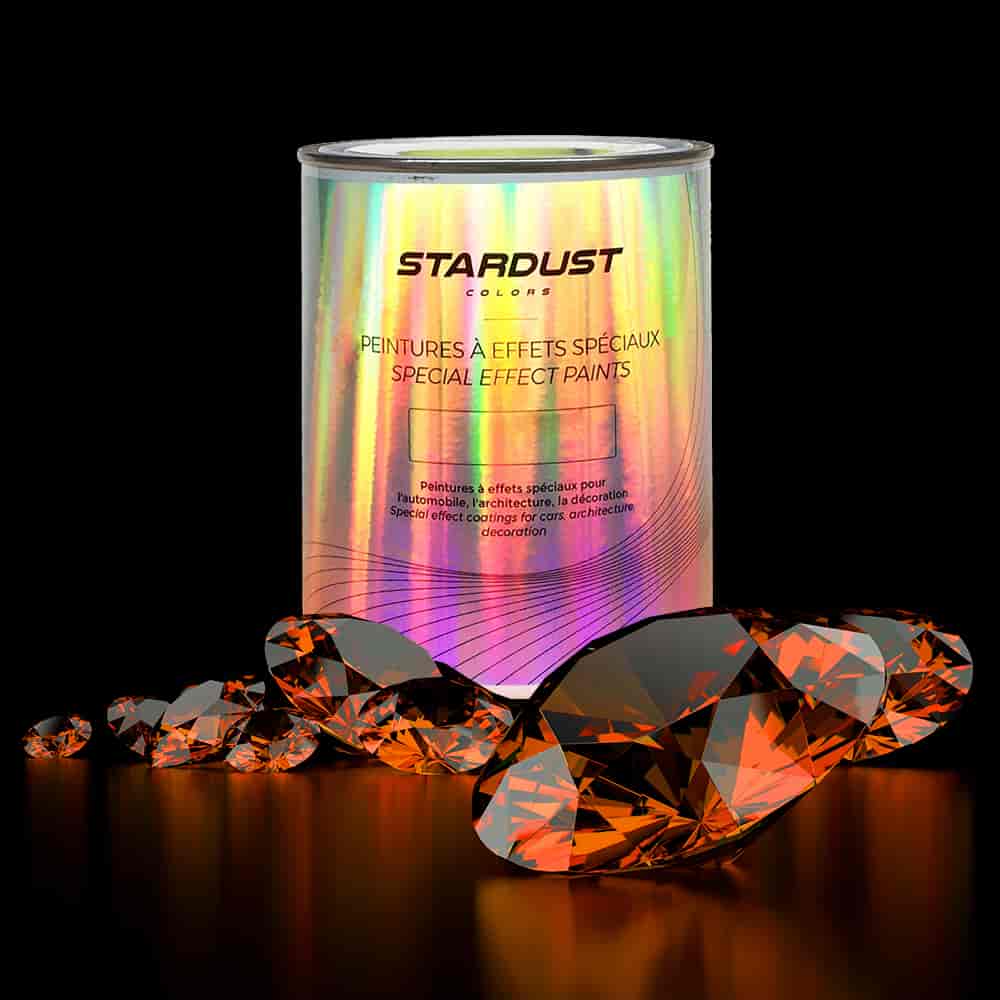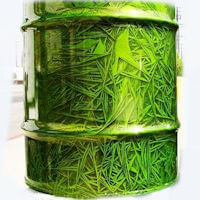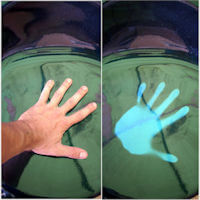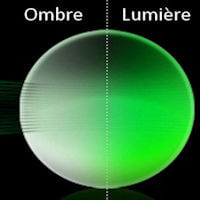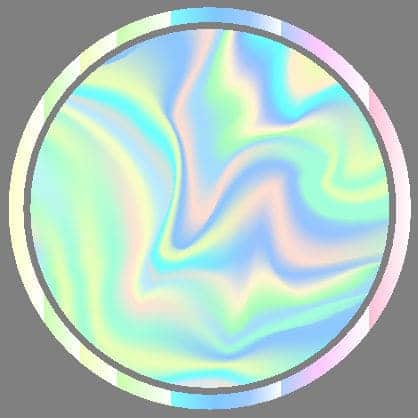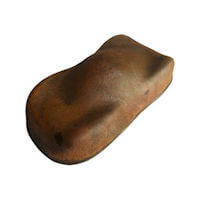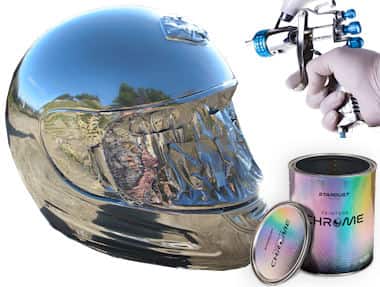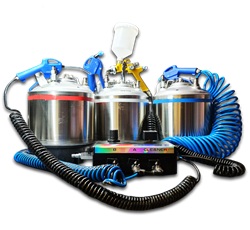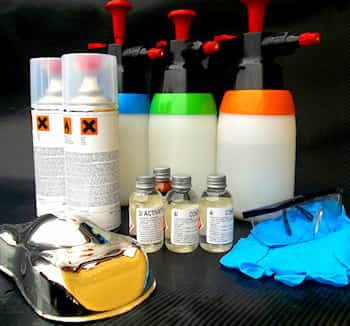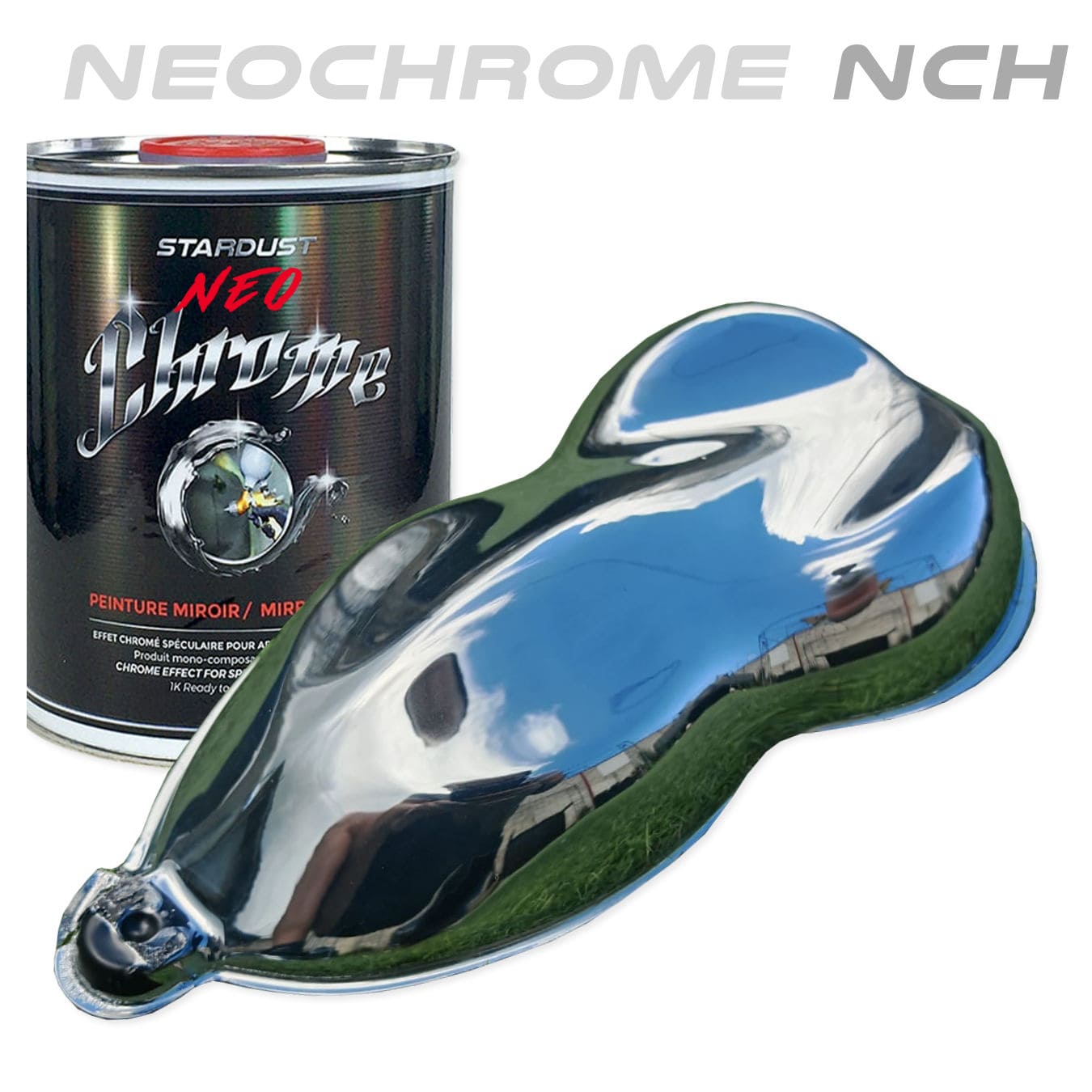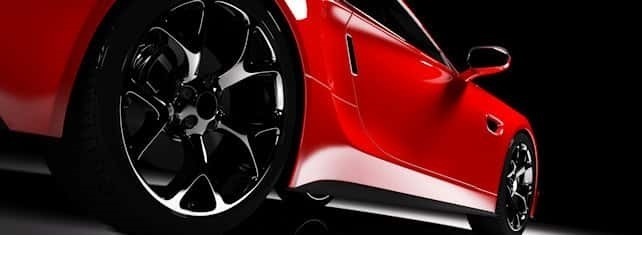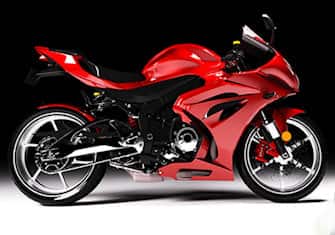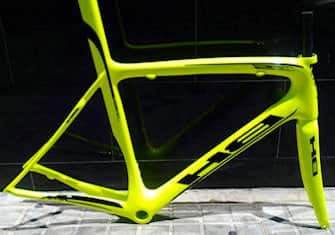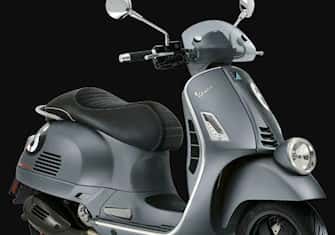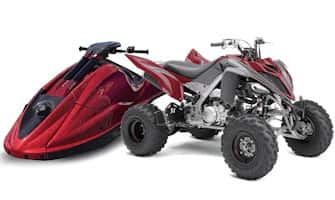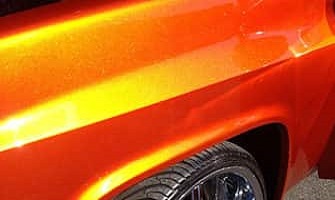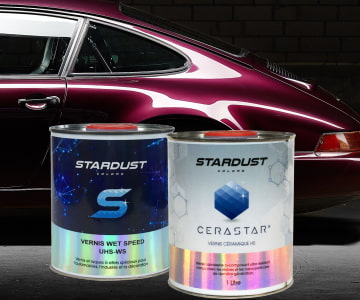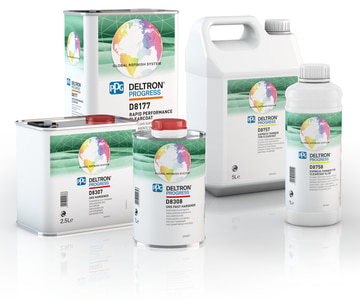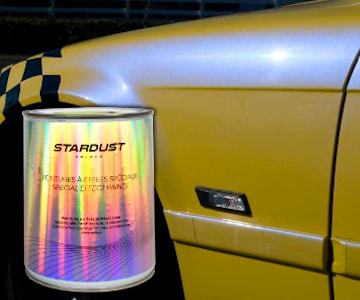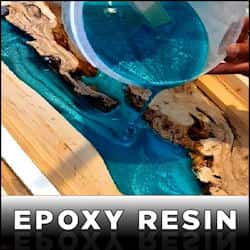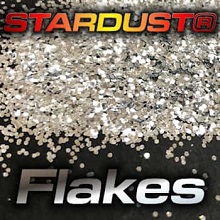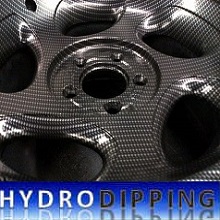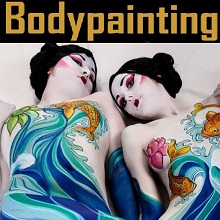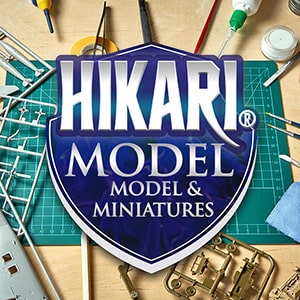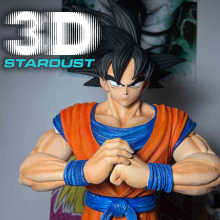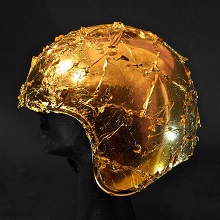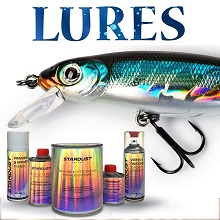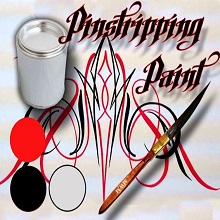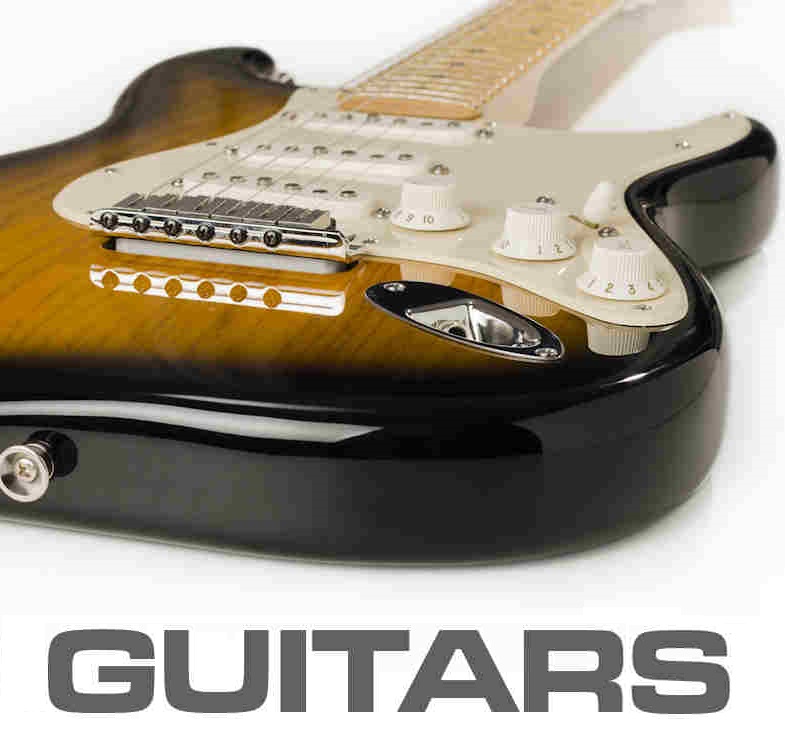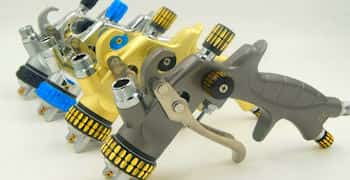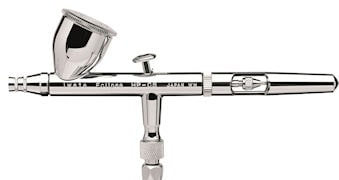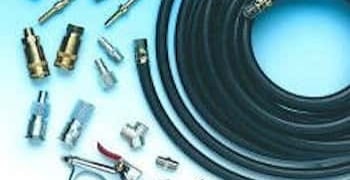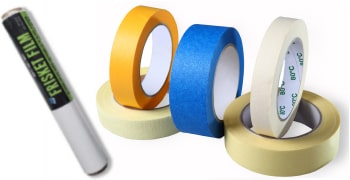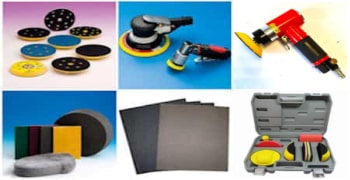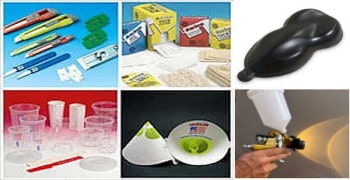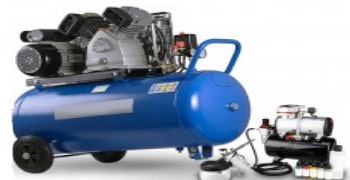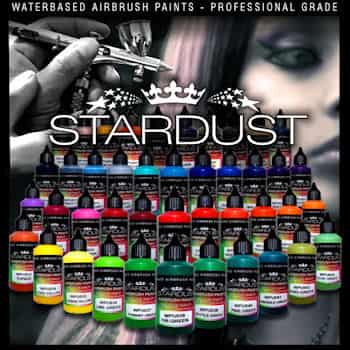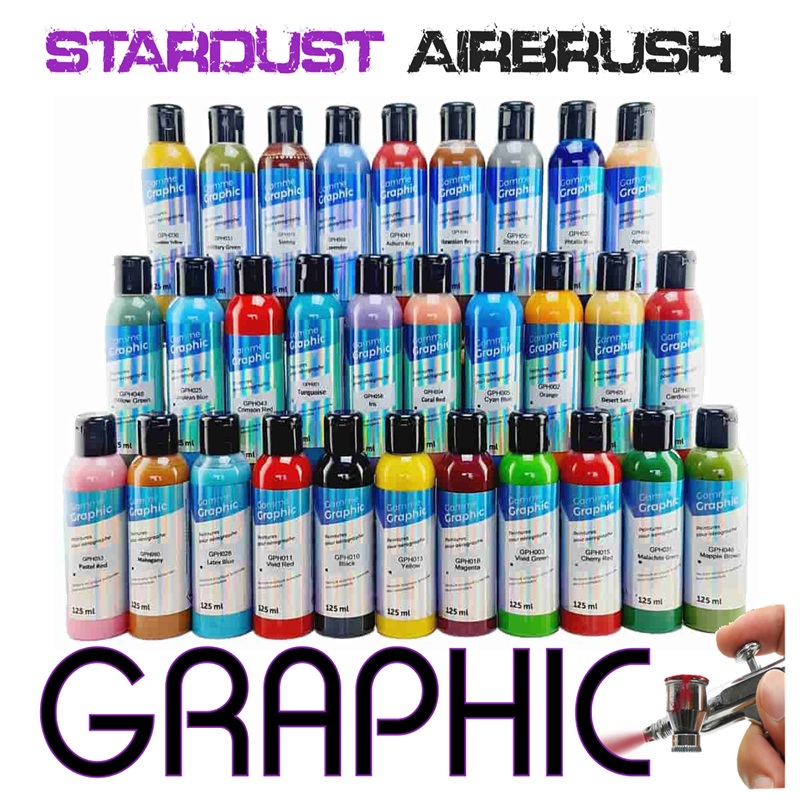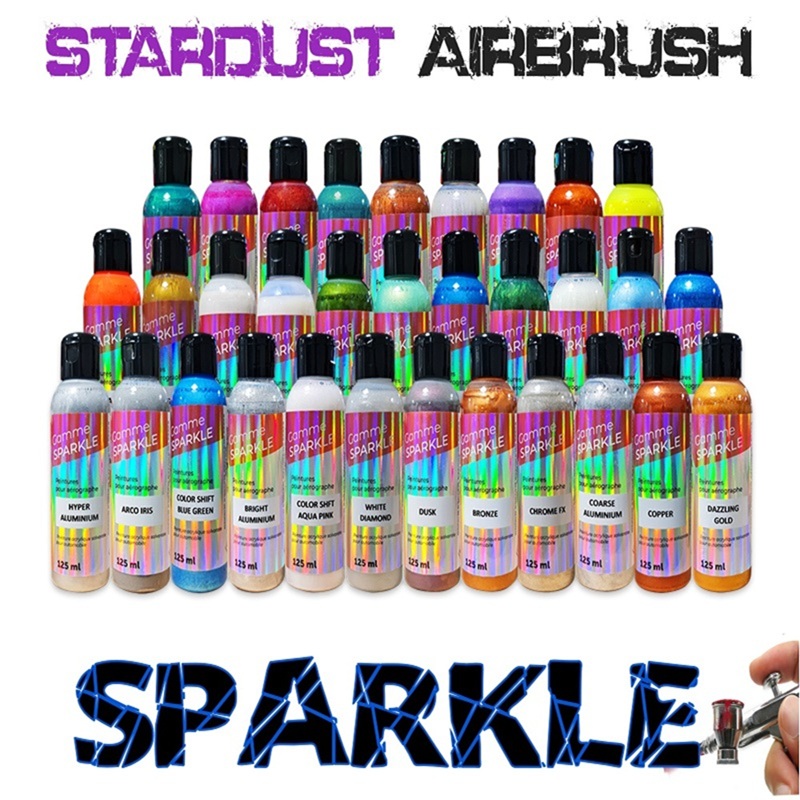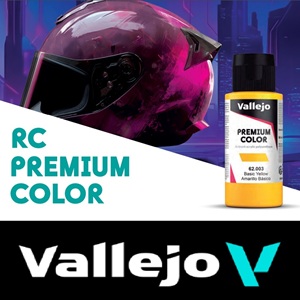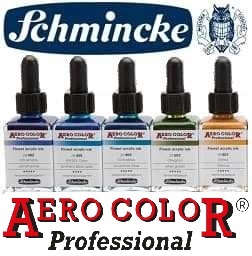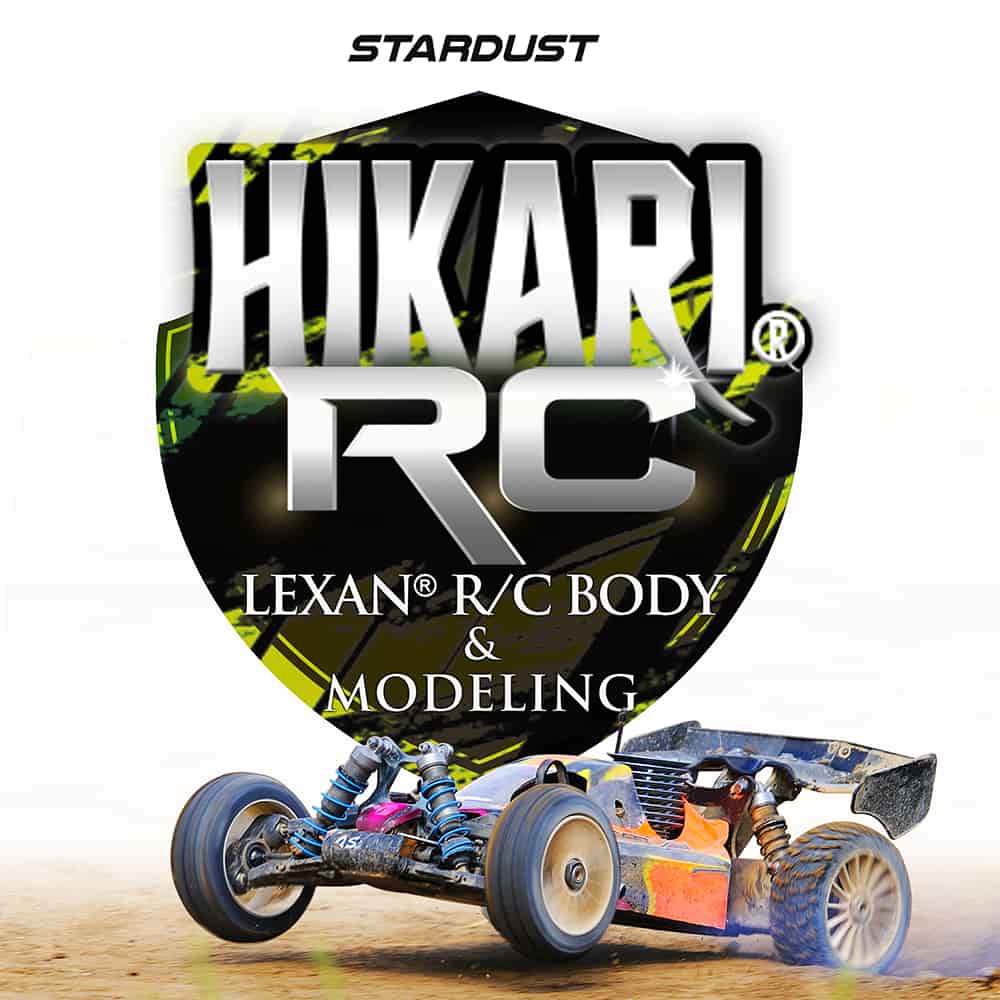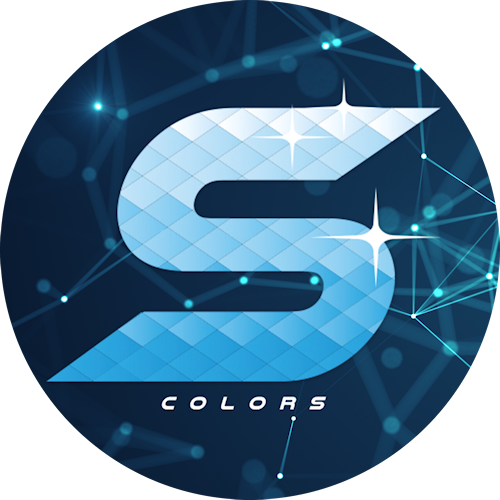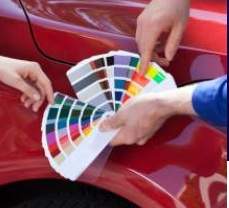 Applying a Matte Clearcoat: Tutorials and Solutions
Applying a Matte Clearcoat: Tutorials and Solutions
Here are our recommendations for achieving a matte or glossy automotive paint finish properly.
1/ What is the difference between glossy, satin or matte finishes ?
The difference lies in the specular gloss level observed at a 60° angle, expressed on a 100° scale. Glossy topcoats have a wet-look, very smooth finish, reflecting a lot of light (gloss level between 60° and 95°). Satin topcoats are semi-glossy or semi-matte, with a gloss level between 20° and 40°, while matte topcoats absorb light almost completely with a gloss level between 0° and 10°. StardustColors manufactures an ultra-matte topcoat that achieves an almost 0% gloss finish.
2 / Painting a Car with a Matte Finish
There are two ways to achieve this:
1 ► Using a matte finish paint :
It saves time and is convenient because it avoids painting two separate layers (base coat and topcoat). However, the downside is a limited color selection and lower durability.
StardustColors offers an ultra matte Black and White, with a peach-skin effect in a two-component polyurethane formula.
 2 ► Using a Matte Topcoat :
2 ► Using a Matte Topcoat :
This is the most recommended solution and is also the most commonly used by professionals.
→ application of a 1K basecoat
→ application of matte Topcoat
*The biggest advantage is that it can be applied over any color to create a matte effect. This includes factory colors, solid paints, metallics, pearls, or even special effect paints like chameleon or fluorescent.
The characteristics of matte Topcoats: Durability and Gloss Control
Durability
Matte Topcoats are thinner than glossy ones and also dry faster. Their stain resistance is naturally lower than that of traditional glossy Topcoats, and their scratch resistance is also reduced. However, Stardust has developed a scratch-resistant matte Topcoat, as well as a soft-touch "self-healing" matte Topcoat.
 Gloss Reduction
Gloss Reduction
These Topcoats lower light reflection and also reduce the shimmer of pearlescent, metallic, or even chameleon pigments. However, it has become fashionable among automotive brands (Mercedes) and scooter manufacturers (Yamaha) to use matte clearcoats over metallic paints, creating silky and elegant finishes. Among these matte Topcoats, there are satin (semi-matte) options, such as BS820, which are very easy to use and create original and stylish effects.
If you intend to apply a matte Topcoat over a pearlescent or metallic finish, we recommend using ST821 matte Topcoat (20° gloss level) or ST822 matte Topcoat (4° gloss level).
 3 / Application Instructions
3 / Application Instructions
Whether working with satin Topcoat BS820 or MAT EXTREM matte Topcoat, it is important to follow the correct mixing ratios : BS820: 100 parts + 33 parts hardener / no dilution.
Most professional matte clearcoats are two-component (2K), meaning they require a hardener and a thinner. Their pot life is longer, and their drying time is shorter than traditional clearcoats. On the other hand, scratch-resistant matte clearcoats (ST833 / ST832) take significantly longer to fully cure.
Here is an example of mixing ratio :
MAT EXTREM: 100 parts + 20 parts of hardener / 15% dilution
Application can be done in one or multiple coats. The clearcoat should be applied with a spray gun in two medium coats, spaced 5 to 10 minutes apart to allow for partial solvent evaporation.
"Medium coats" means that to achieve an optimal matte finish, the painter should not aim for gloss with a thick coat, as is usually done with clearcoats, but should also avoid applying coats too thinly, as is common for basecoats. In all cases, the matte effect appears only after full solvent evaporation.
 4/ Tips!
4/ Tips!
Avoid scratches on matte topcoats, as they are more susceptible to marks, except for MAT EXTREM, which offers superior resistance. A reliable quality reference: this product is used to coat the handles of Tefal frying pans. For pearl or metallic automotive finishes, only glossy or satin topcoats should be used. Do not use MAT EXTREM.
Repairing or Touching Up matte clearcoats
If there is a defect, dust, or grain, it is possible to try to remove the flaw using a Mirka 3000 or 4000 polishing disc. If the result is not satisfactory, or if a difference in gloss appears in the touched-up area, then the entire part must be re-clear-coated with matte clearcoat.
Complete paint kits
Primers
Varnishes and finishes
Products complementary to bodywork painting
Epoxy paints for rims
Types of bodywork paints
How to prepare the bodywork before painting
RAL color – RAL paint







